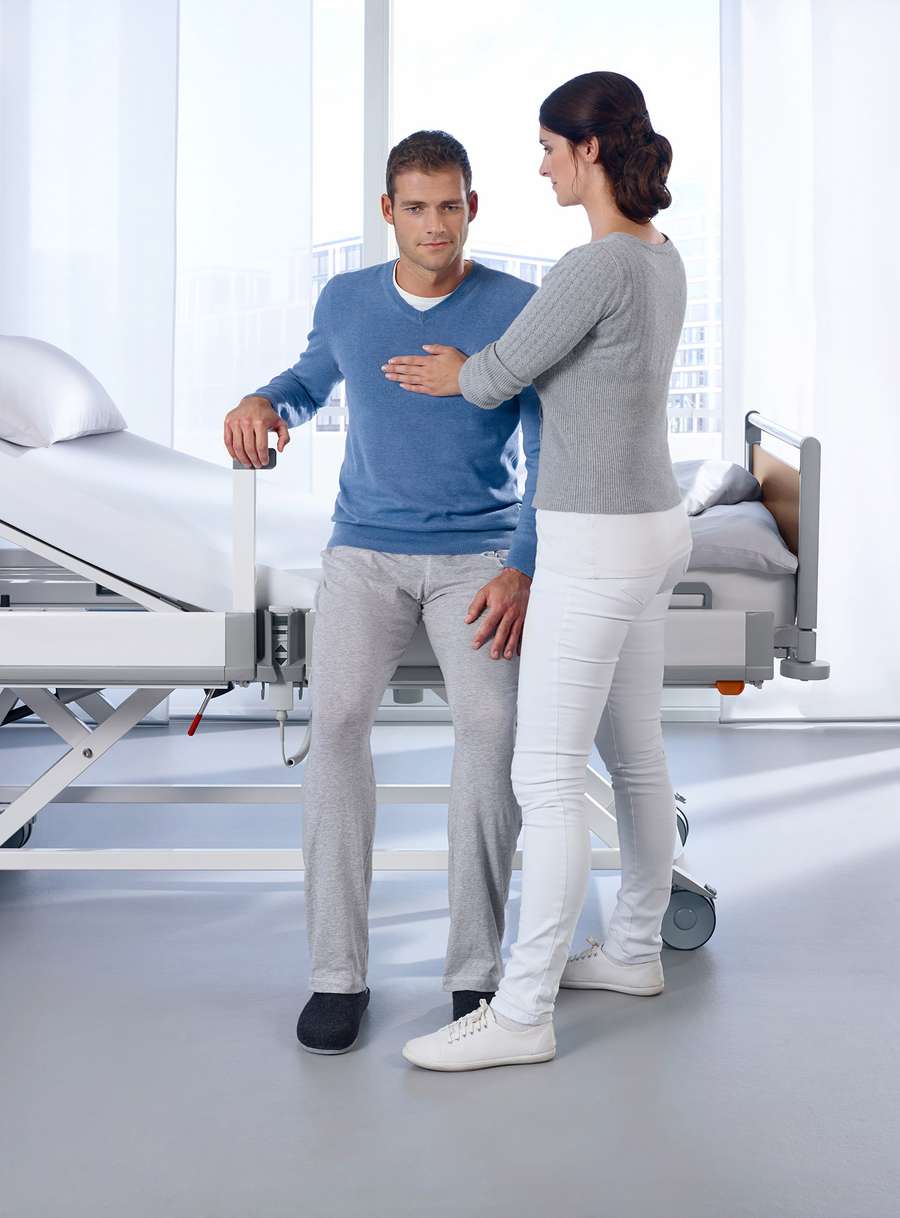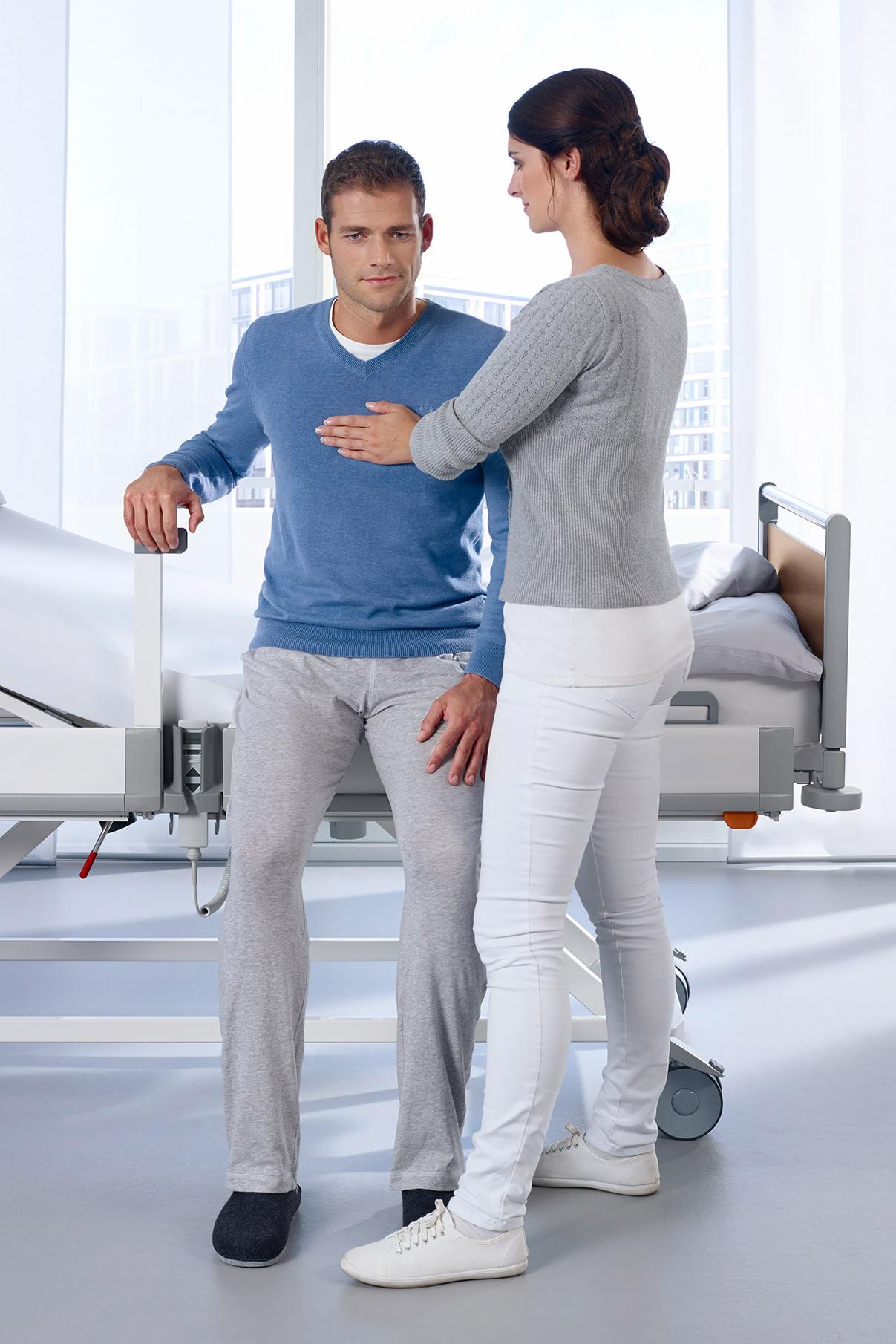
Falls are among the most common undesirable incidents in hospitals. Approximately 30% of them result in an injury. The risk of falling is often particularly high for the elderly. The annual rate of falls for over-65s is about 30%.
For over-90s, the rate is assumed to be over 50%. Various fall prevention programmes have already been tested in the past; so far, however, hardly any of these programmes could be said to have had a positive outcome.
Recently, however, a team from Australia has submitted a study that demonstrates the effectiveness of customised, patient-related preventive measures, combined with training and feedback from specialists.
In eight different general hospitals with rehabilitation departments, about 3,600 patients over 60 years old, who were divided into an intervention and a control group, took part in this study between mid-January and the end of December 2013. The “Safe Recovery Program” was tested in the intervention group. It consists of 3 blocks:
- a multimedia package for the patient with a DVD which can be watched in bed, and a workbook
- a coach, who visits patients two to three times a week at the bedside, and explains to them the causes and consequences of falls and fall-related risks, and draws up prevention targets and an action plan
- the handover of the plan and the objectives to hospital staff, and weekly feedback from the coach
Compared to the patients from the control group, the fall rate among the participants of the Safe Recovery Program was able to be significantly reduced from 380 to 196 falls – almost 50%. Moreover, the injury rate was only 2.63% in the intervention group; in the control group, however, it was 4.75%.
The clear results of the Australian study demonstrate that a combination of individual measures that are tailored to the patient concerned, can have a positive effect on the rate of falls in hospitals and other facilities.



